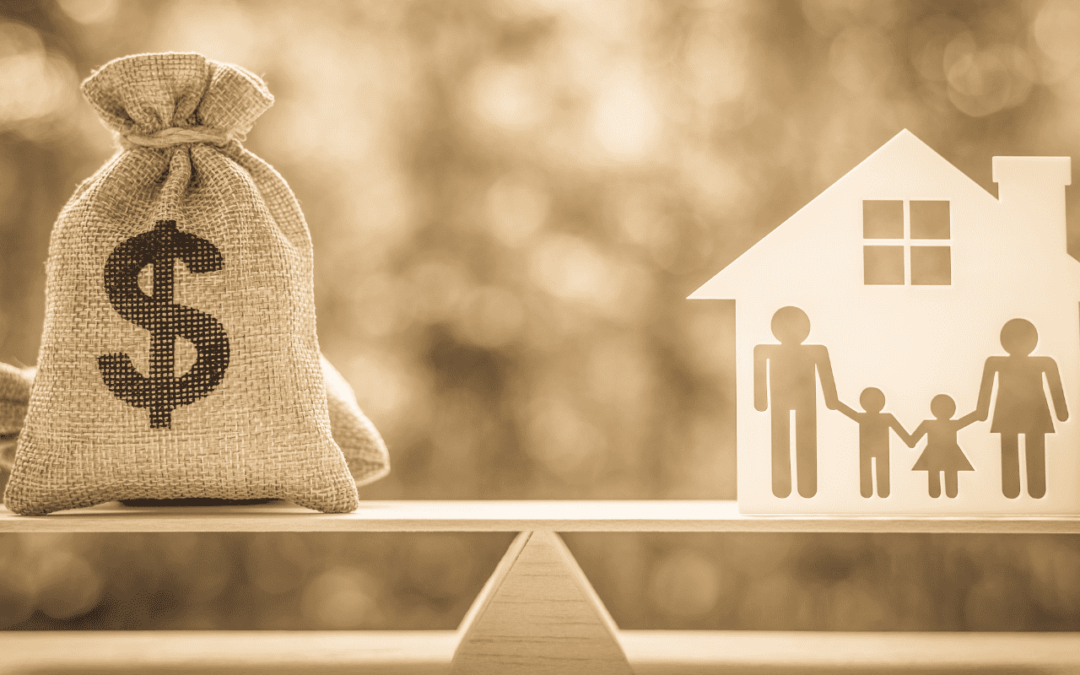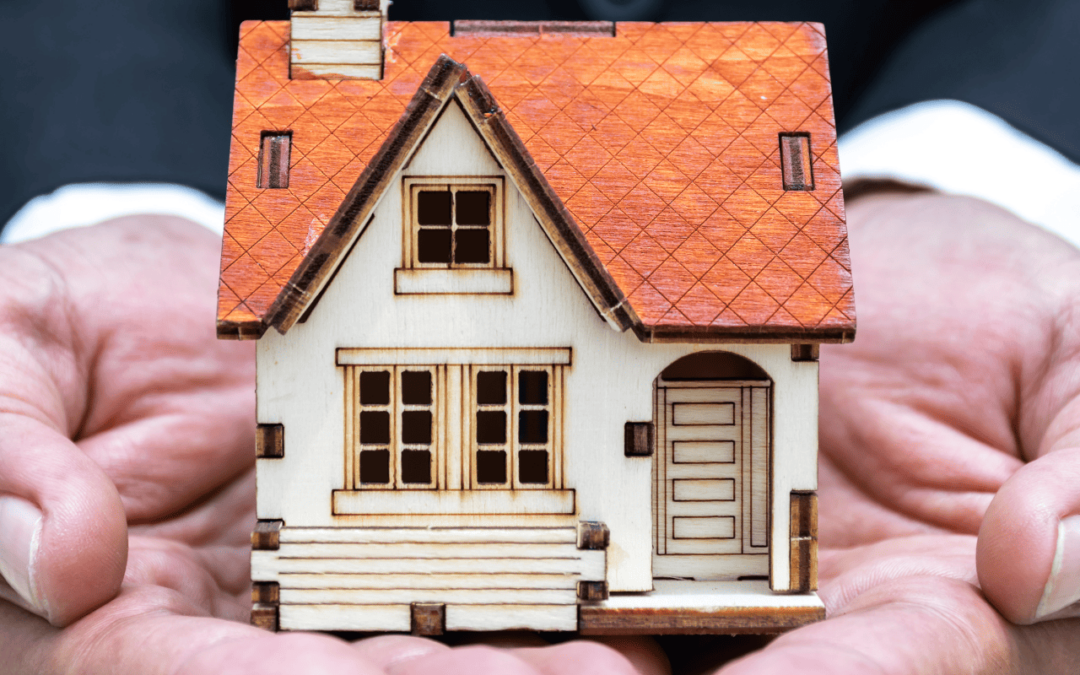
Those who are fortunate enough to still be collecting a paycheck while quarantined or sheltering in place might expect to build up some serious savings. While you work from home, you’re avoiding your usual commuting expenses, and you’re probably saving money by not going to bars, restaurants, and movies, or skipping that vacation to Fiji.
But as spending decreases in some areas during self-isolation, it can creep up in others. To brace yourself and your budget, keep an eye on these expenses while you’re self-isolating at home.
1. Utilities
If you’ve gone from office life to Zoom life, you’re spending more time at home than usual, which could ramp up your household expenses.
“Your utility spending might be considerably higher if you’re spending more time at home cooking, charging devices, using lights and appliances,” says Ted Rossman, industry analyst at CreditCards.com.
To keep your utility bills down, turn off lights when you leave the room, open windows during the day to let in cool air, unplug devices that you’re not using, and consider turning down your water heater by a few degrees.
2. Groceries
Even if you’re not hoarding (and you shouldn’t be), you might find yourself spending more on groceries while you shelter in place.
For some people, an uptick in grocery spending will be offset by the money saved from not dining at restaurants. But if your local store is picked over—or if you pay fees for grocery delivery—you could spend more on groceries than usual.
“I’ve been to a local grocery store, and the only thing that was available was organic, so I couldn’t buy the generic. I actually had to spend more money,” says Steve Repak, author of the “6 Week Money Challenge for Your Personal Finances.”
If your grocery spending feels out of hand, be flexible and creative with your menu. Cook the food you already have at home before you head back to the store. Sites such as Eater have compiled resources for home cooks, including Pantry Cooking 101 and How to Stock a Pantry.
If you’re using a delivery service, place infrequent, larger orders instead of several small orders. Or consider curbside service; many stores are allowing free pickups where they bring your groceries right to your car, so you can save on delivery fees and tips.
3. Meal delivery and takeout
You may not be able to enjoy a nice meal at a restaurant, but you can order takeout and delivery—and those indulgences can add up quickly. After all, it’s not just the meal you’re paying for.
“There’s probably still a service fee, and on top of that you have to leave a gratuity,” Repak says. (It’s also a good idea to generously tip the workers who are delivering your food in these times.)
If you’re on a budget, reserve takeout and delivery for special occasions or those days when you just can’t muster the motivation to cook.
4. Alcohol and other sources of comfort
If you find yourself decompressing with a glass or two (or three) of wine every night, your drinking habit could do a number on your budget. And you wouldn’t be alone—alcohol consumption has shot up nationwide, and in states where recreational marijuana is legal, dispensaries are reporting booming business.
“Social isolation is really strongly linked to physical and mental health problems, and the way we cope with a lot of them is by drinking more,” Repak says. “People are going to smoke more and drink more … and we need to find other healthier coping mechanisms to offset that additional spending.”
You may not want to totally forfeit your evening glass of pinot, but you can make your supply last longer by sipping a mug of (far more affordable) chamomile tea on occasion, or opting for a calming yoga video or breathing exercise.
5. Subscriptions
You’ve rewatched all your favorite shows on Netflix and Hulu—so, now’s the time to add a Disney+ subscription, right?
Not so fast, Repak says.
“Save a little bit of money by just picking one of the streaming services,” he suggests, or at least don’t pile on new subscriptions to the ones you already have.
To free up your budget, take inventory of your other monthly subscriptions, services, and other recurring expenses, and see if there’s anything that can be eliminated.
“Ten dollars a month may not sound like a lot, but if you have five of those, that’s $600 annually,” Rossman adds.
6. Online shopping
If you turn to retail therapy to soothe your soul, your budget could take a hit. True, many retailers are offering deep discounts in order to move merchandise, but even discount purchases add up.
“Impulse buying is a potential trap,” Rossman says. “Some people fall victim to it more than others.”
Instead of clicking “add to cart” as a coping mechanism, Repak suggests cleaning out your closet instead.
“This is a great time that we can offset our budget by decluttering our house or apartment,” he says.
Use sites like Poshmark to sell your clothes, or Mercari for your household items. Many donation centers such as Goodwill are still accepting donations, too—just call ahead to make sure your local store or donation drop-off location will take your items.
7. New hobbies you’re trying in quarantine
Our spending habits are highly personal, and you might find yourself throwing money at a new habit or hobby to fight cabin fever.
“It’s a worthwhile exercise to track your spending, especially now that so much is different,” Rossman says. “Look through your credit card and bank statements from the past month. Do you see anything surprising? Are there areas where you spent extra but didn’t feel it was worth it? These could be good ways to cut back.”
And remember: Even if quarantine has eliminated some of your old day-to-day expenses, it’s easy to overestimate how much you’re saving.
“Most people don’t have a great handle on their budget and spending habits anyway, and so much has changed of late,” Rossman says. “It’s easy to overlook things.”





